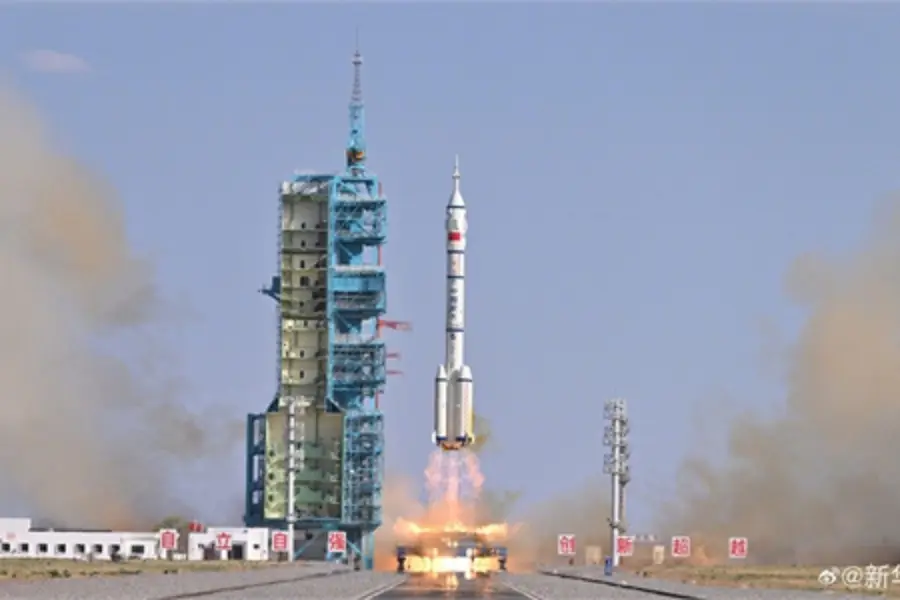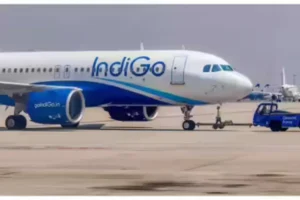
In a significant advancement in deep space exploration, China has launched its first-ever asteroid sample return mission cementing the country as a global leader in cutting-edge space technology. The Tianwen-2 spacecraft launched early on May 29 using a Long March 3B rocket from China’s Xichang Satellite Launch Center to sample the near-Earth asteroid 469219 Kamoʻoalewa before exploring a distant comet.
The Beginning of a New Age of Space Discovery
The Tianwen-2 mission will launch a decade long mission to return uncontaminated samples of an asteroid to Earth. The spacecraft will rendezvous with Kamoʻoalewa by July 2026, land and retrieve a sample of the surface material, and return those samples in a capsule by November 2027. This bold, scientific mission will place China with Japan and the United States as the only nations to successfully return samples from asteroids.
Kamoʻoalewa is a near-Earth quasi-satellite that has been in co-orbiting the Sun alongside the Earth for nearly a century now. At a distance around 15 million km to 39 million km to Earth, it’s both a chance and a complication. The weakness of the asteroid’s gravitational field creates some material challenges for the landing operations as compared to say, the Moon.
A Mission with Two Targets
After Kamoʻoalewa, Tianwen-2 will proceed to the main-belt comet, 311P/PanSTARRS. Whereas the comet exists between Mars and Jupiter, travelers will be going to access 311P from a higher orbit closer to the Sun, so there will be one interesting research opportunity which would be the reduced likelihood of surface ice which is in comparison to most comets. As with any comet, it will be possible to see structural conditions and behaviors, including ejecta that might deepen our understanding of the conditions that existed in the early solar system.
The China National Space Administration (CNSA) of Tianwen-2 called this a high-stakes and technically difficult mission. The mission is primarily scientific but also emphasizes the growing capacity for advanced space work and exploration efforts that have markedly progressed in China.
There has been a growing body of technology-related successes in the recent continual progression of space developments by China, which included a successful lunar rover landed on the Moon’s dark side, and the successful establishment of its Tiangong space station plus intentions to send astronauts to the Moon by the year 2030.
These missions have not only suggested ambition but have culminated in the demonstrable benefits from sustained investment in new technology beyond India’s region of awareness.
As India accelerates its journey into space with initiatives like Chandrayaan and Gaganyaan human flight on the verge of launching, the pace of regional space development is shifting rapidly.
The Global Context
This most recent launch builds on the legacy of Japan’s revolutionary Hayabusa missions and NASA’s OSIRIS-REx, which returned samples from asteroid Itokawa, Ryugu, and Bennu, respectively. However, the dual stage goal of Tianwen-2 to collect samples from an asteroid and then go on to a further deep space destination raise the bar on the level of complexity for the mission.
China’s earlier interplanetary space mission, Tianwen-1, successfully landed on Mars in 2021. CNSA’s current ambition is to return samples from Mars with their Tianwen-3 mission planned for sometime around 2028. CNSA also stated that it will offer payload capacity to international agencies showing a renewed commitment to international collaboration.
Implications for India and the Rest of Region
As China takes on these missions to explore new frontiers, India should aspire to more than just symbolic triumphs, and start leveraging the talent that exists in the areas of planetary science, space robotics, and interplanetary exploration. ISRO has earned global respect for its low-cost, scientifically-prestigious missions, but future competition should be focused on deep space missions that include sample returns and human exploration.
Recent technology in India will need to be pioneered and applied in parallel in order for India to remain relevant in this new space competition. The propulsion industry, artificial intelligence/automated self-guidance system, and deep space communications have all enjoyed domains where tactical investment subsequently generated long-term competitive implications.
Conclusion
As Tianwen-2 sets out in Kamoʻoalewa, a new era of space exploration has commenced for China. The mission demonstrates that effective space leadership is about vision, capital and, importantly, imagination at a time when asteroid and comet research are becoming increasing priorities for the global community. The gauntlet has been thrown down once again; it has been an uplift in the bar set for India and the other emerging space nations.









s6irfx